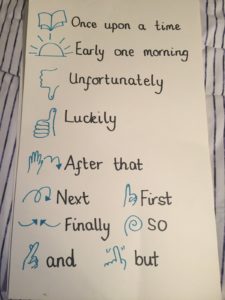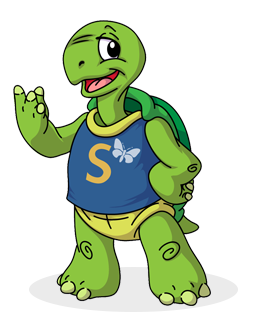Phonics – recap
Today is all about recapping our sounds. One of our favourite games to play in Year 1 is sound mat BINGO!! All you need is the sound mats and your drywipe pen that were sent home. Start on the Phase 3 mat which is purple. Say a sound for example /ee/ and then your child needs to circle that sound on the mat. This supports both hearing the sound (phoneme) and seeing it / finding it in written form (grapheme). You will see the images with the sound support how they are pronounced, for example the /air/ sound is with a picure of a chair.
Keep going until you have a line – then wait for the calls of BINGO!!!!!
Next move onto the Phase 5 mat which is pink. These are more challenging as they are the alternate ways to make the sounds. As there are now more than one way to make the same sound you might want to use the image to point them in the right direction, for example /igh/ in pie. Can they tell you the letter names that are making that sound… I and E.
Next have a go at writing some alien words!! It is important to emphasis that these words are NOT real but you can still sound them out. You can make these words up, say them and get your child to write them down. There are some examples below in case you get stuck for ideas….
voisk churp smeeper jarking reamon blurms franked quade fabay croist smure grair pight spome kripe
Remember –in these activities we are looking to check that the children are breaking down the words into all of the sounds that they can hear. It is not a spelling exercise as the words are not real. Focus on stretching out the words and making sure all sounds are represented when writing the words down.
English
As lots of you will know at Southill we follow Talk for Writing across the school when teaching English. The ‘Imitate’ stage comes first, where we use images to story map our model texts and support the children to learn them. This stage is all about getting to know the text and learn it off by heart. Below is a new text for us to work with over the next few weeks. Please learn the ‘opening’ of this story at home today (Paragraphs 1 and 2). I would like you to have a go at working together to story map this section. I have added an image below of the symbols which we use to show our ‘Story telling words’ the children will be familair with them!! I have also made my own story map of the first paragraph to give you an idea of what it might look like.. the video is below. You can copy mine for the first paragraph if you would like of you can create your own. We are only focusing on the first 2 paragraphs today. You can find the text here…..
We will be using this unit for the next few weeks. There are different activities to try and some extra ones that I will add in. Each day I will post which activity to do and which page it is on so you know where we are working at.

There are 2 important things to remember…
1. You do not need an image/symbol for every word.
2. It is not an art lesson, so don’t worry if the pictures you’ve drawn aren’t perfect. We talk about this a lot in Year 1, just try your best. As long as you know what the pictures represent that is all that matters! We are very lucky that Mrs Symonds is happy to help with the drawings and she is a super artist! However… the one below I have had a go at myself!
Maths No Problem -Multiplication.
Please use the link below to get to ‘White Rose Maths’. The activities it takes to you follow on from the Maths No Problem sessions about ‘doubling’. You can print these sheets off and work through the questions if you would like to, but it is not essential. Also you may need some objects which can be used to support the questions. You might ask your child to ‘show you’ what it would look like using Lego etc.
https://wrm-13b48.kxcdn.com/wp-content/uploads/2020/homelearning/year-1/Lesson-1-Y1-Summer-Block-1-WO5-Make-doubles-2020.pdf
Hopefully these questions will help to consolidate the learning from the Maths No Problem sessions before the Easter break and will provide another way of looking at and working through doubling questions.




